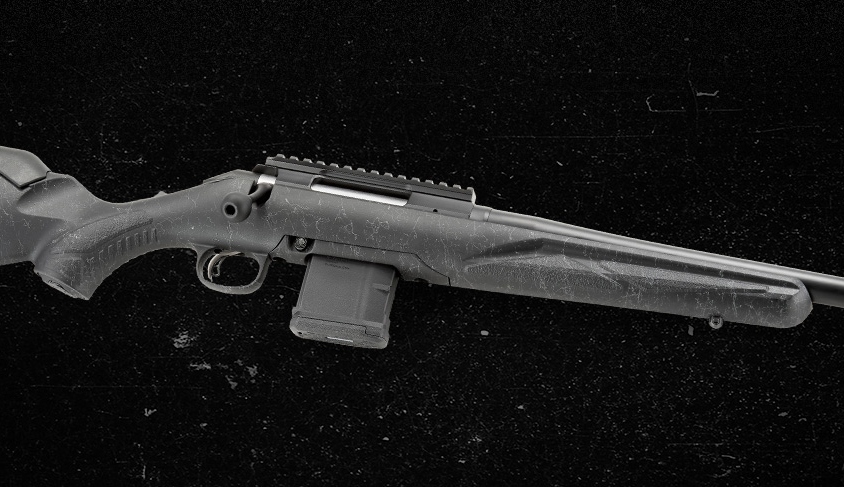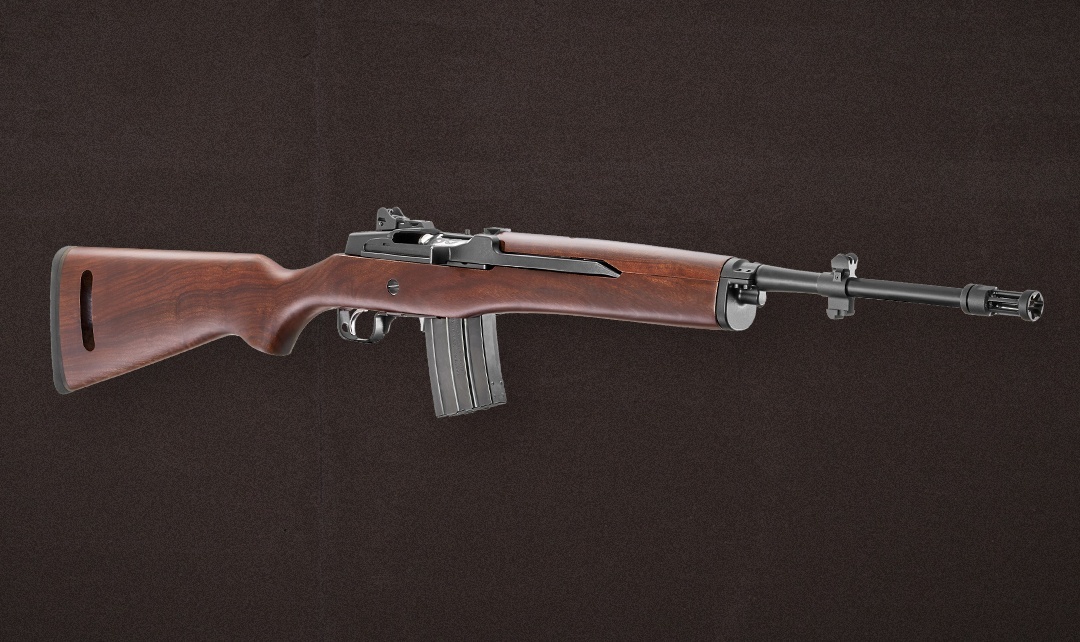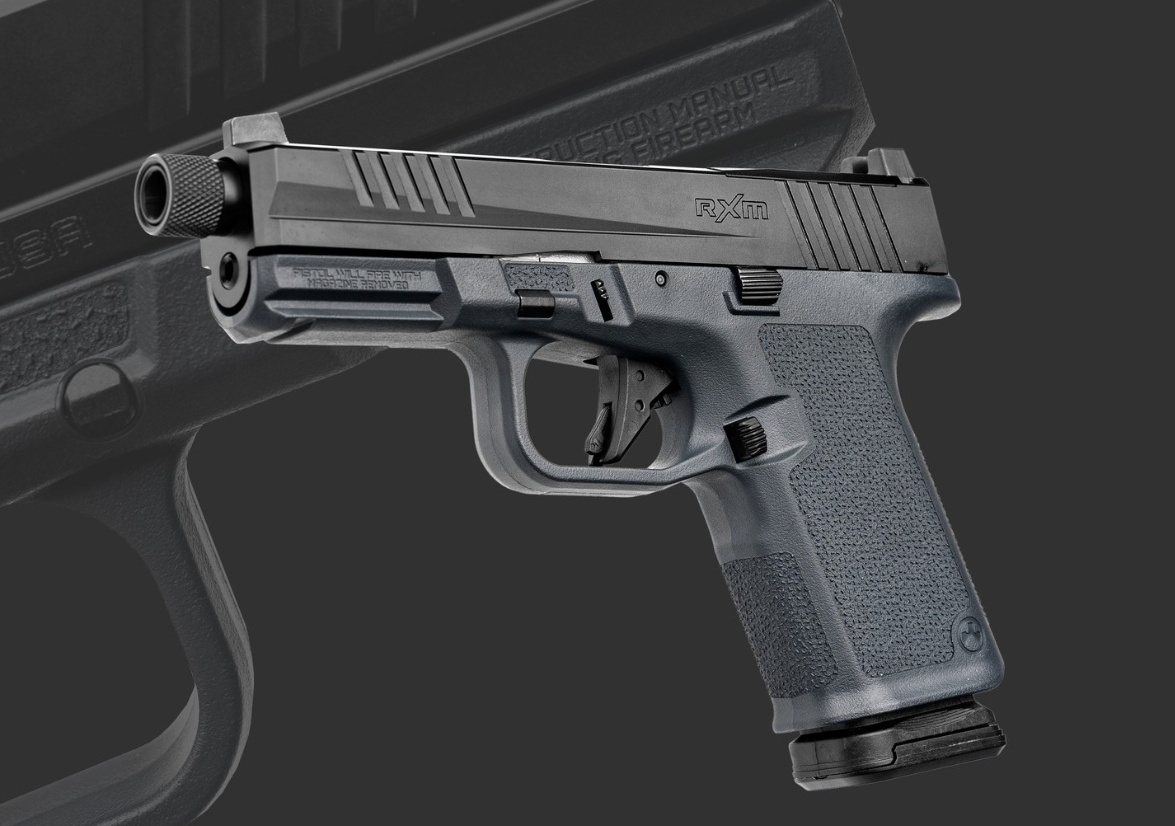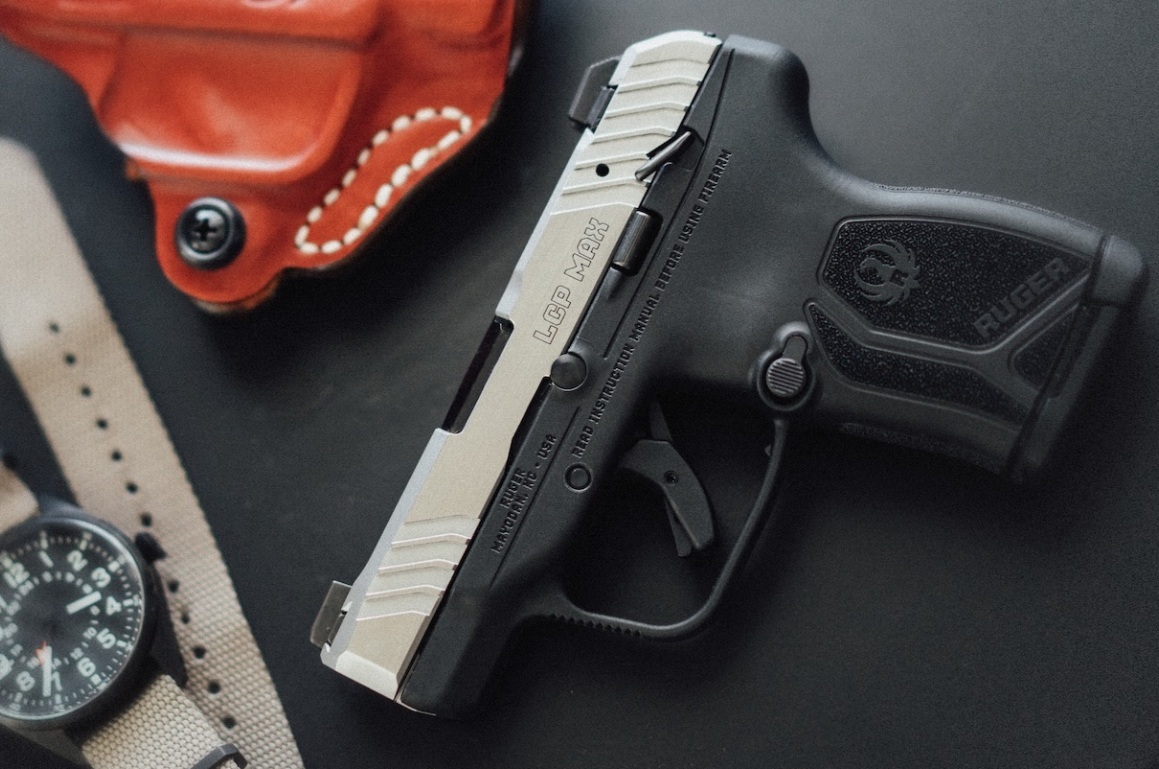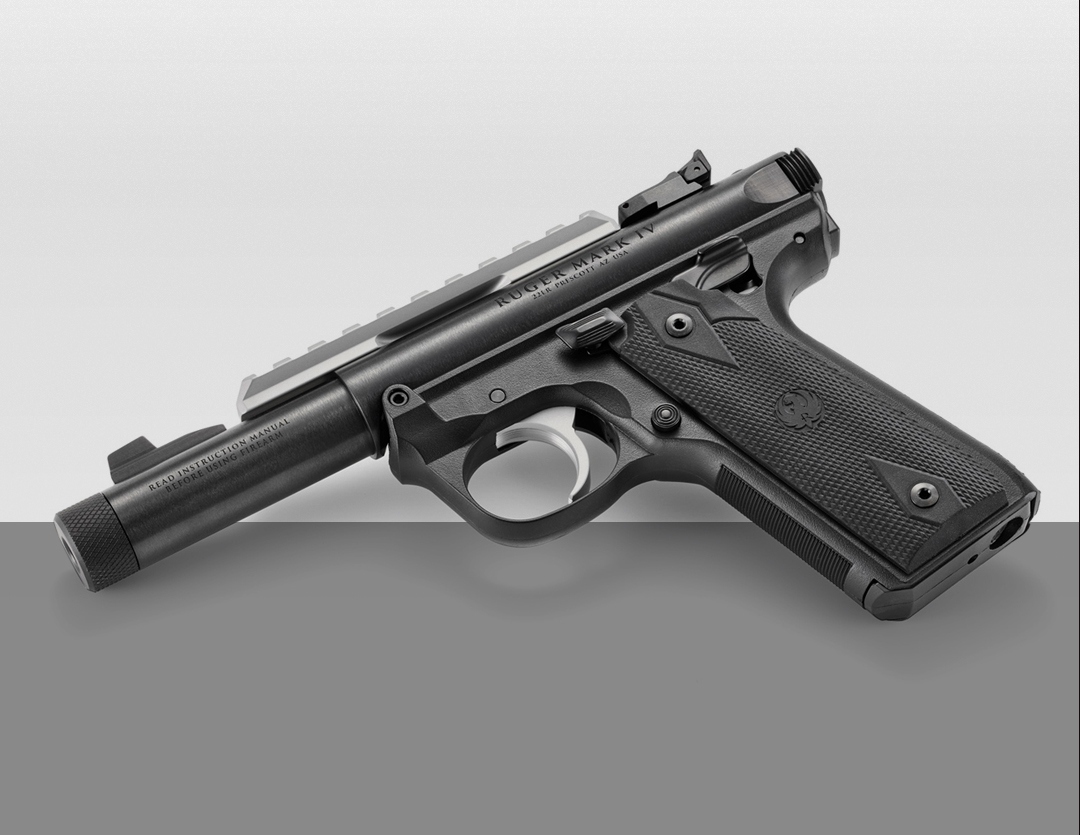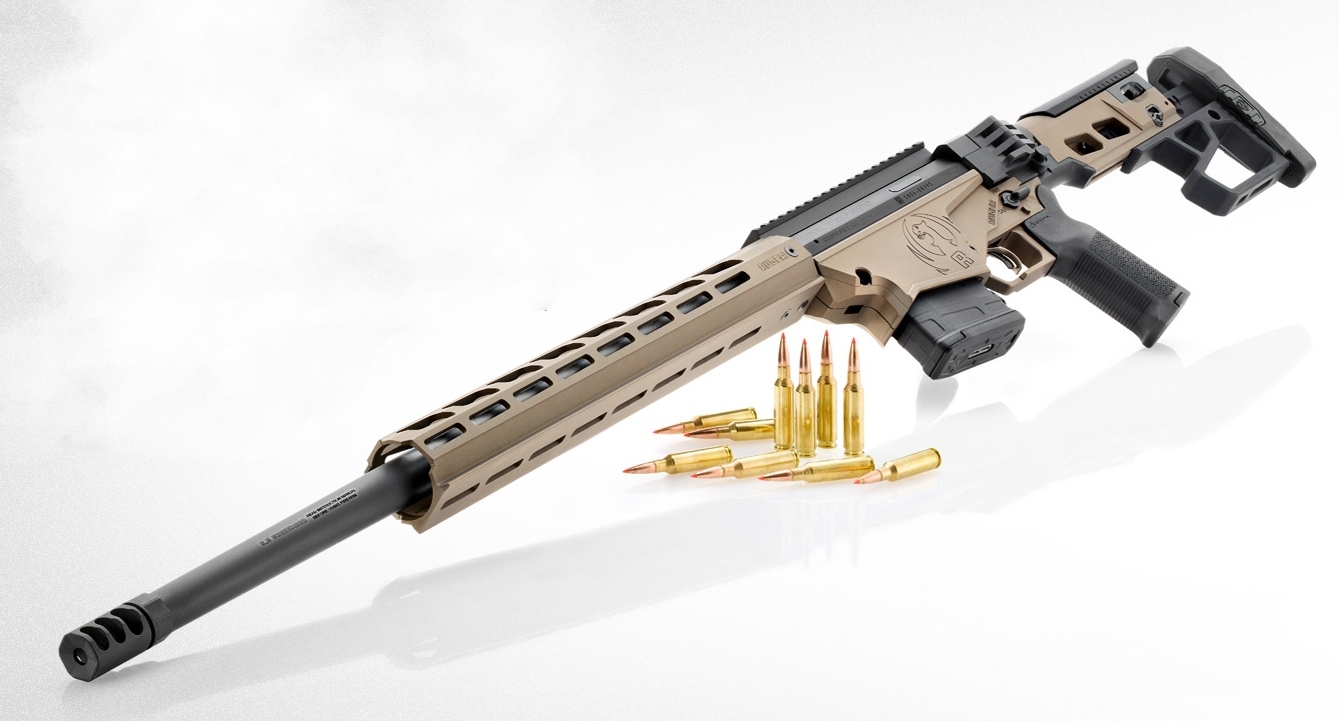The basic idea of the Scout Rifle goes back to Colonel Jeff Cooper. In principle, such a rifle should serve its owner as a "girl for everything": for training, for hunting everything from raccoons to deer, for home and farm defense and, in the worst case, to fend off the "marauding hordes of the King of England". As a handy companion for working days, the scout rifle also had to be short and lightweight, ideally no longer than one meter, equipped with an optical sight and no heavier than 3.5 kilos, preferably only 3 kilos. An integrated bipod would be desirable, but not essential. The .308 Winchester was always a good choice, as was a reliable bolt action – semi-automatic rifles in 5.56 mm would be too weak for a Cooper's Scout Rifle, those in .308 Winchester too heavy, especially as they are all too often fitted with miserable triggers.
Typically, an early custom scout rifle was a Mauser 98 action with a short barrel; a compact and lightweight "Scout" scope with extra-long eye relief was fitted to the barrel in front of the action. The extra-long eye relief allows the target to be picked up particularly quickly with both eyes open at the lowest magnifications. Another nice side effect: despite the scope, the area above the bolt remained free and such a scout rifle received its ammo feed from traditional charging clips – there is hardly a cheaper, easier and faster way to supply a bolt-action rifle with ammunition.
Ruger Scout Rifle in detail
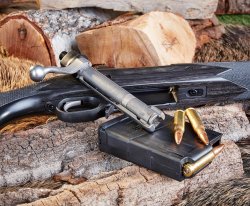
The scout concept from Sturm, Ruger & Company is largely a moderately improved version of the original idea. Ruger's 77 bolt action, which has been tried and tested for decades, serves as the basis, which in turn is heavily influenced by Mauser's great innovation of 1898. In other words: a receiver and a bolt with two large locking lugs in the head, everything in all-steel construction. The trademark of the 98 is also on board with Ruger: the ejector mounted inside the receiver and, above all, the long extractor claw that does not rotate when cycling. The latter is not only particularly robust, it also grips the extractor groove of the cartridge case as soon as the cartridge rises from the magazine, not just when the bolt is closed.

The three-position safety on the Ruger also works in a similar way to a Mauser 98: in the last position, the safety blocks the bolt, the trigger and locks the firing pin. In the middle position, the Ruger only locks the trigger; in the third position, the rifle is ready to fire. In contrast to a classic Mauser, the safety lever on the Ruger works from the rear to the front for the right thumb, not sideways up and down, which makes it difficult to mount a scope low on an original, unmodified Mauser safety and also requires fiddly handling under the scope's eyepiece. The direct trigger of the test rifle was not really convincing. It released slightly rubbing at the end of the pull, with a trigger pull weight of 1,860 g. This is not the best for a modern hunting bolt-action rifle. Fortunately, there are high-quality alternatives from accessory specialists such as Timney. Ruger's own AICS standard polymer magazines, of which two come with the gun, feed the ammunition. Although this is not quite as cheap as 98 stripper clips, many manufacturers nowadays offer AICS-style magazines with different capacities in both polymer and sheet metal, and many are pleasantly inexpensive compared to other bolt-action magazines. However, the fact that Ruger favours such magazines offers the advantage that optics can also be mounted directly on the action. The laminated wooden stock feels very solid and largely accurately finished, the gaps between metal and wood were completely OK and a postcard fitted easily between the barrel and forend – which is how it should be. Minor points are deducted for the checkering, the flat rhomboids only giving the hands a mediocre grip. Then there are the transitions from the laminate buttstock to the interchangeable plastic spacers and the thick (and pleasantly soft) rubber butt plate. Ruger includes several spacers, so length of pull can be easily adapted to the shooter.
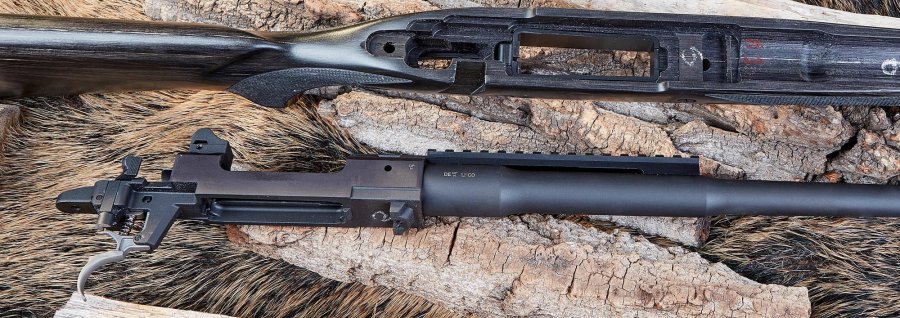
Options: a large selection of sights for the Ruger Scout Rifle
The user of a Ruger Scout Rifle can mount a reflex sight or, alternatively, a typical scout scope on the front of the 15-cm long Picatinny rail. But you don't have to: as is usual for the 77 series, the Scout rifle also offers mounting bases integrated into the bolt housing. A riflescope can therefore also be attached to the receiver in the conventional manner. Ruger kindly supplies the appropriate mounting rings directly with the rifle – unfortunately for a scope with a 25.4 mm main tube. For years now, this has seemed rather old-fashioned for a centerfire rifle, especially as there is only a limited choice of high-quality optics. Of course, mounting rings with a larger diameter are also available for Ruger bolt-action rifles. However, regardless of which rings are used to mount a scope on the receiver bases, the compact ghost ring rear sight must be removed in any case, as it is screwed onto the rear mounting base. Ruger couples the rear sight to a front sight featuring side ears. The resulting sight picture of the mechanical sights is practical for a multifunctional rifle. But Ruger has to put up with the question as to why the front sight of the Scout Rifle protrudes above its side ears – usually it is the other way round for understandable reasons.

The Scout Rifle model range from Ruger
This basic Scout Rifle model comes in a blued finish with a dark, grey-green marbled laminated wood stock, only the stainless steel bolt is left in white. The barrel length is 409 mm (16.1 inches) and Ruger fits the muzzle thread with a military-style flash hider. Alternatively, the manufacturer also offers a similar configuration with an 18.7-inch long barrel (475 mm), but then with a receiver and barrel made of bare stainless steel. For those who find this too long or too heavy, Ruger also makes the Stainless version with a short barrel, a muzzle brake instead of the hider and a lightweight synthetic stock instead of the laminated wooden stock. In addition to these standard versions, there are also some special models in the USA, such as a left-handed version, a walnut stocked version in .450 Bushmaster and an offshoot in .350 Legend.
With the Ruger Scout Rifle on the shooting range
A slightly aged Leupold Vari X II (3-9x magnification, reticle 4, 25.4 mm centre tube) was selected from the testers' stock for the visit to the 100-m range and attached to the front of the Ruger rifle's Picatinny rail using ARMS quick-detach rings. The Vari X II offers acceptable conditions as a replacement for a "real" scout riflescope, thanks to the unusually long main tube with narrow turrets from today's perspective and also to the relatively long eye relief.
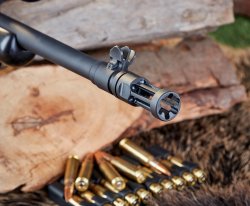
The GECO Plus ammo delivered the best accuracy with a 27-mm grouping. The flash hider did a clean job on the comparatively short barrel, and the Scout Rifle is largely spared any disturbing muzzle effects. The action is no different from a conventional 98. Anyone who gets on well with the famous Mauser bolt will find themselves 100 per cent at home here. Malfunctions were not expected and did not occur in view of the design, which has been tried and tested for decades. All types of ammunition were fed smoothly from the magazine and the fired cases were ejected with great vigour.
In terms of operation, the test gun caused no problems whatsoever. The AICS-style magazine was easy to load and inserting and removing the magazine was also completely trouble-free. If you deliberately tug on the magazine inserted, the whole thing does have a little play, but just by simply handling or shaking the gun, nothing improper moves and you don't hear any annoying rattling. The three-position safety remains almost as silent: if you move the lever roughly to the next click position, the safety acknowledges this with a comparatively quiet clicking noise. If you proceed a little more gently with your thumbs, the safety catch remains silent. An over-cautious "tweezer grip" of the lever between thumb and forefinger is not necessary, a minimum of feeling in the right thumb is sufficient for silent operation.
Ruger Scout Rifle technical specifications and price
Model: | Ruger Scout Rifle |
Caliber: | .308 Winchester |
Capacity: | 10+1 rounds |
Barrel Length: | 409 mm |
Twist Rate: | 1:10" |
Trigger Pull Weight: | 1,860 g |
| Overall Length: | From 940 mm (length of laminated buttstock can be adjusted using plastic spacers) |
Weight: | 3,220 g |
Left/Right Version: | Left version available |
Price (MSRP in the US): | $1,479 |
Equipment: | Steel action and bolt, three-position safety, AI-style magazines, Picatinny rail, ghost ring rear sight, flash hider. |

Conclusion: Ruger Scout Rifle, an all-purpose hunting rifle
This basic version would be a little too heavy for a purebred Scout Rifle based on Jeff Cooper's concept. But Ruger also offers lighter versions with a polymer stock. The concept makes a lot of sense as a handy, all-purpose hunting rifle for the hunting hide, walked-up hunts or tracking. In addition, the price/performance ratio is right there: in terms of both design and quality, Ruger offers a solid bolt-action rifle with practical features at a fair price. Just one request to the manufacturer: why not include contemporary 30-mm mounting rings with the Scout Rifle?
Further information can be found on the Ruger website.



